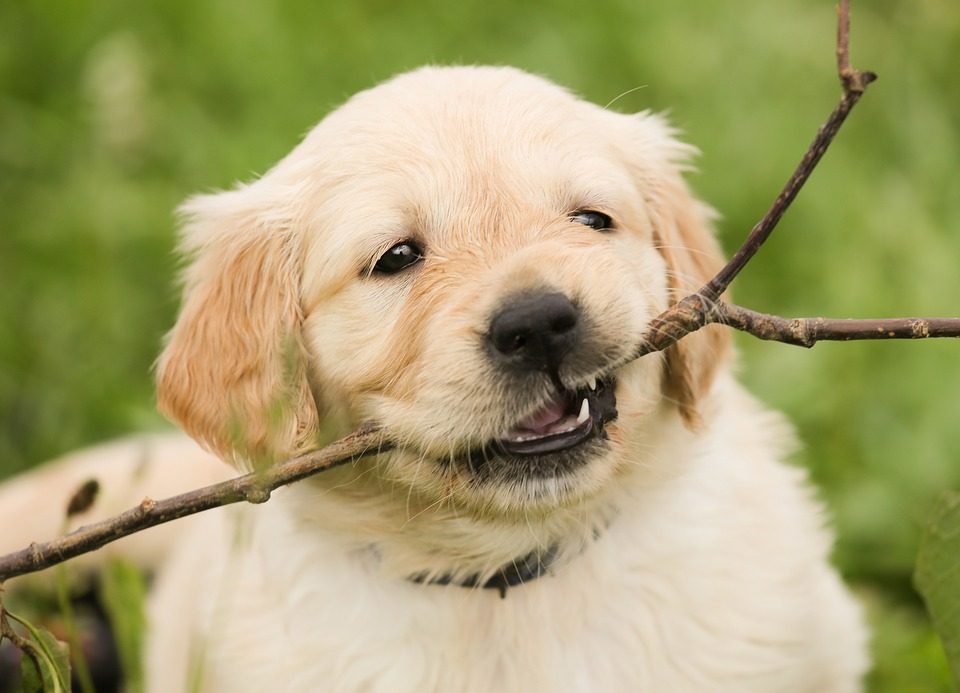Crate potty training is the process of teaching a puppy to accept a crate as a familiar and secure place.
Though, confined areas can be sometimes misused. They’re best as a short-term training tool, not as a lifetime model of housing. The goal should be to control behavior problems and coach your dog so that it’s not necessary to keep it confined for 8-10 hours daily.
Some dogs are never comfortable in crates but can bear them if necessary. Others are frightened when closed. However, most dogs readily adapt to their cages, preferring to sleep or hide when life gets too hectic.
There are various causes you might need to train your new pup. It can be a great way to teach the rules of a new house, perfect transportation method or a safe space for your pet.
Unfortunately, most dogs won’t like crates by default — and your pet can even fear them if you don’t do the training in the proper way.
But on the bright side, puppies don’t have any notions about anything. So as long as you follow proper training rules you new family member will get used to a crate.
Begin it casually
The worst move you can make to introduce your pet to a is to lock him immediately. You probably won’t enjoy being trapped against your will, and your dog won’t like it too. Instead, you should first treat the cage like another piece of interior — but one that your pet can enjoy.
At the beginning just put in a part of the house where dog spends time and put a couple of blankets inside leaving the door open. And let the dog explore the crate on his own afterward. If your pup won’t get inside eventually encourage him by placing some treats and favorite inside. Wait until the pet become comfortable staying in the crate. This process may take a couple of days.
Use it for feeding
Next goal is to make the dog comfortable staying in the crate for longer periods of time. One of the most efficient ways to do this is to place the food in the back of the crate to make the pet go all the way in.
Close the crate
When the day comes, and your pet is eating the meals while inside the crate you can try closing the doors. First time – after pet finished eating unlock the door as soon as possible. All the following times you can keep your pet longer and longer in a crate, adding extra minutes every time. Though if a dog starts whining – unlock him straight away.
Extend the time
Once your pet stays longer in a crate without stressing out you can lengthen the stay even more. For that purposes, pet’s favorite toy may come handy. First, after you place the dog into the crate along with his favorite toys, stay nearby for a little bit and then move to another room to make the pet accept the idea of hanging out in a crate all alone. When you come back to the room, don’t unlock your puppy right away. Just sit nearby for 10-15 minutes and only then let the pet out.
Keep extending the time until your pooch can be in the locked cage for thirty minutes at least without your presence. When it happened – then the pet is set for you to be absent for longer periods and maybe even spending the night in the crate.
If you know someone who might find this story helpful, don’t hesitate to share this post. And share your own stories or situations on how to potty train a dog topic in the comment section below.


